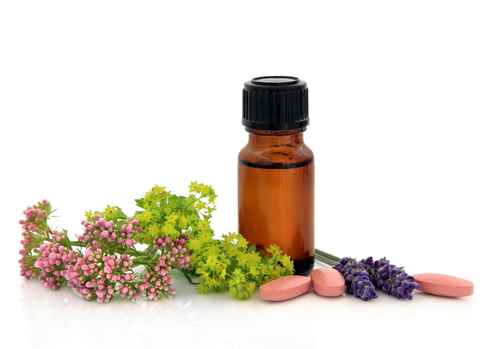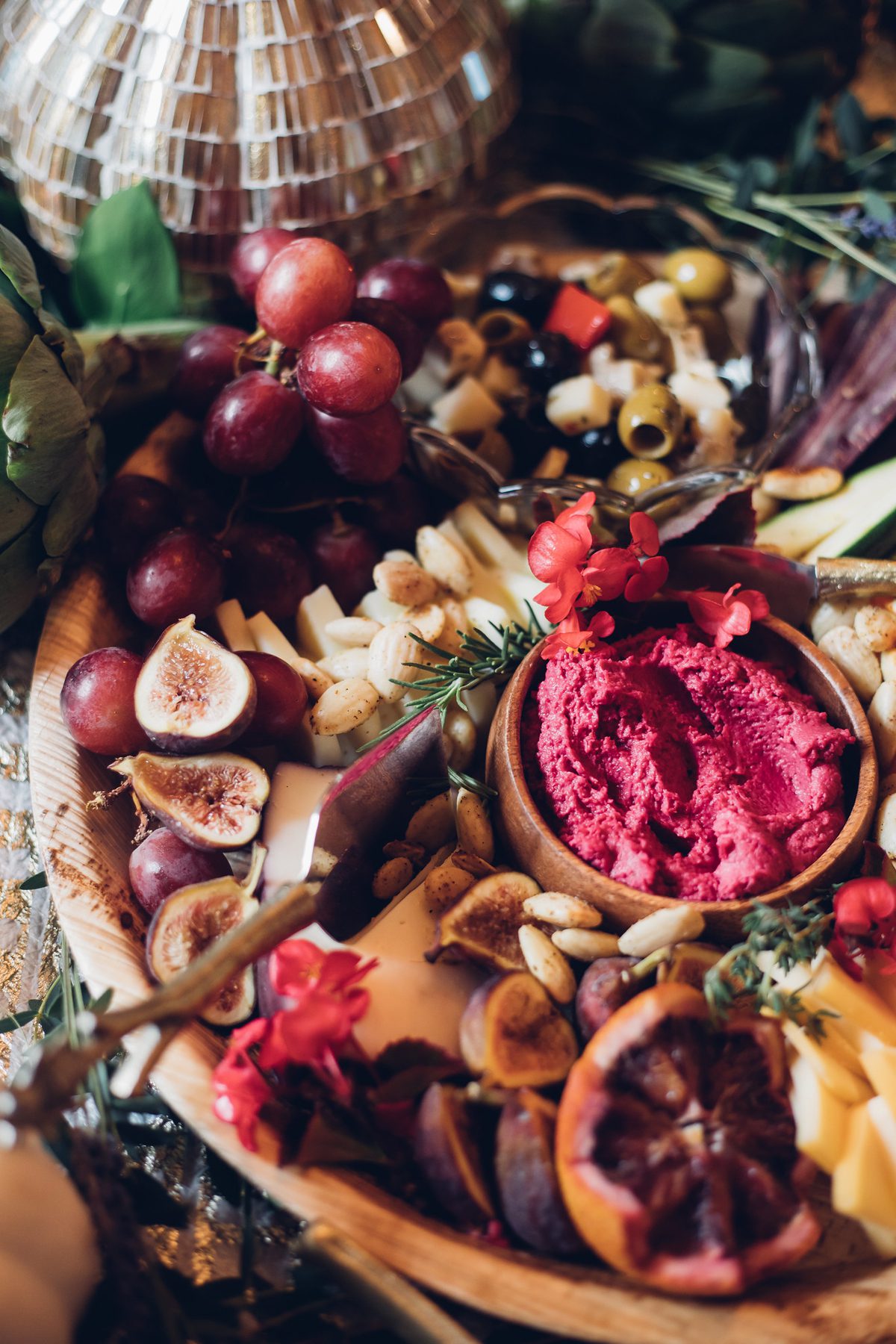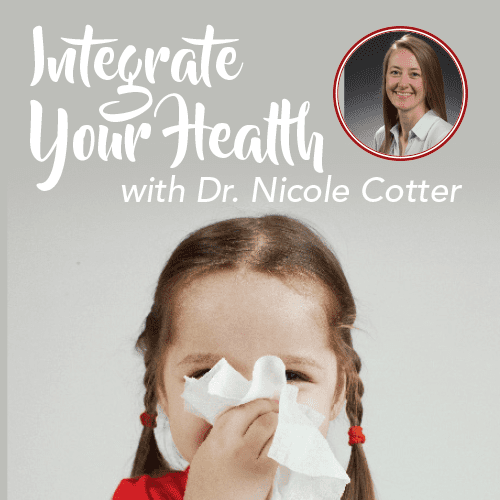Your Guide To The Cold & Flu Season
With the cold and flu season fast approaching, people are looking for ways to stay healthy. Many Americans turn to complementary and alternative approaches in the hopes of preventing and treating these illnesses. There is a plethora of information on the internet about supplements, botanicals, and alternative treatments that claim to protect from or rid a person of the cold and flu. In this installment of Integrate Your Health, I hope to guide you through a few of the more common alternative treatments for the cold and flu, separate fact from fiction, and help you make the most effective choices this season.
First of all, I think it is important to discuss what a cold and the flu actually are.
Both of these illnesses are caused by viruses – little infectious agents that require a host to replicate. Cold and flu viruses are spread through the air and close personal contact. It can sometimes be difficult to distinguish between a cold and the flu because they can both cause symptoms like fever, runny nose, sore throat, cough and body aches; however, a cold tends to be milder. Flu symptoms can range from mild to severe and the flu has the potential for complications. Typically, people with either a cold or the flu recover within two weeks. The Centers for Disease Control says that adults average 2-3 colds per year1. The best way to prevent a cold is to stay healthy, wash your hands, and stay away from people who you know are sick. It is important to do those things for flu prevention as well, in addition to getting your flu vaccination. If you think you may have the flu, see your doctor. There are tests that can be done to determine whether or not you have the flu and whether antiviral medication is indicated. Antiviral medicines, when given to someone with the flu in the first two days of being sick, can lessen flu symptoms, decrease the amount of time you are sick (by about 1-2 days), and possibly reduce your chance of flu complications. The best treatment for a cold is plenty of rest and fluids. Remember that cold and flu are caused by viruses, so antibiotics (which kill bacteria) will not help to treat these viral infections. Treatment is primarily supportive, meaning treatment of the symptoms until the virus goes away. Over the counter medicines and complementary treatments may ease symptoms.


Supplements
Because there is no cure for these viruses, people often seek alternative solutions for prevention and treatment. The supplement aisle can be a daunting place, full of names you’ve never heard of and pills you don’t know if you should take. Let’s look at a few common supplements used by adults for prevention or treatment of colds and flu and where they may be helpful:
Vitamin C, also known as ascorbic acid, is an essential compound that we obtain from our diets. It is found in a variety of fruits and vegetables. Many people choose to take vitamin C in pill form during the winter months to prevent the common cold. Unfortunately, the data does not support this practice. A large review of scientific research concluded that Vitamin C does not prevent the common cold but it may decrease the length of time a cold lasts and make some people feel better during the cold2. Because vitamin C is safe when taken at correct doses, it may be worth trying to see if it helps you personally during a cold. Rather than supplementing with a pill, it may be a good idea to simply increase your intake of Vitamin C-rich foods.
Echinacea is a flowering plant often used in herbal medicine for treatment of the common cold. Like Vitamin C, people take this as a supplement during the winter months for prevention and treatment of viral illnesses. Echinacea has been studied for both prevention and treatment of the cold and flu, but the results are mixed. Although it may not help in cold prevention, taking echinacea in adequate doses at the first sign of illness may shorten the amount of time you have symptoms of a cold3.
Astragalus is a shrubby legume whose root has been used in Traditional Chinese Medicine for hundreds of years and it just may be the herb to take for cold prevention. It is thought to be an “immune booster” and often recommended for the prevention of colds, flu and upper respiratory infections. Extracts of the astragalus root appear to improve the function of the blood cells that help fight infection. One Chinese study showed that astragalus helped prevent colds and upper respiratory infections3. You can take astragalus throughout the cold season to help ward off infection, but give your body a break during the rest of the year.
If you are looking for an herb to help your symptoms once you get a cold, andrographis may be a good choice. It is an herbaceous plant that has been shown to decrease the severity and duration of upper respiratory infection symptoms4. Although andrographis may also decrease the risk of developing a cold, more studies are needed to make any conclusions where prevention is concerned.
Although particular alternative treatments have not been shown to prevent the flu, elderberry syrup has been shown to reduce the symptoms and duration of influenza when it is given in the first 2 days from the start of symptoms5. Elderberry syrup appears to be safe, but you should not eat unripe berries or products made from other parts of the Elder plant.
Aromatherapy
Aromatherapy is another alternative measure that is popular during cold and flu season. Aromatherapy is the use of essential oils from plants to promote health. While there is not strong data to support the use of essential oils for prevention and treatment of cold and flu, essential oils have the potential to help manage some cold and flu symptoms. If used correctly, aromatherapy is safe. However, there are reports of toxicity, particularly in children, so caution must be used. People get into trouble when they try to substitute aromatherapy for necessary medical care or when administering essential oils incorrectly. I do not recommend using essential oils internally without the help of a highly trained aromatherapist and a discussion with your doctor. Some common essential oils used for general respiratory tract infections are eucalyptus, peppermint, and lavender. Blends of several oils may be better than the use of a single oil. Here are a few suggestions for using essential oils when you have a cold:
- Get an essential oil diffuser and use the recommended amount of essential oil to run the diffuser in your home during the day or night.
Create a steam to treat congestion. Add 3-5 drops of either eucalyptus or peppermint essential oil into a bowl of just-boiled water (always take great precautions to prevent injury and burns). Put a towel over your head that will also cover the bowl, close your eyes, and lower your face over the bowl at least 10 inches from the water. Inhale slowly and deeply for a few minutes, coming up for air as needed.
Place 10 drops (total) of peppermint, eucalyptus or a combination of the two essential oils into 1 ounce of carrier oil or lotion (coconut or almond oil, for example). Rub a bit of the mixture onto your chest before bed. Do not apply essential oils directly onto skin without first diluting in a carrier oil.
Place 5-10 drops of lavender essential oil into your bathwater to help with body aches. If you have sensitive skin, dilute the essential oil first in a carrier oil.
There are so many more essential oil combinations that you may find helpful. If aromatherapy is of interest to you, I would encourage you to do some more research and find the most appropriate oils for your ailment and that suit you personally.
The best things that you can do to stay well during cold and flu season are to eat well, sleep enough, exercise, reduce stress and wash your hands. Remember that supplements are just that…supplements to your already hopefully healthy lifestyle and traditional medical regimen. If you choose to take supplements, it is always wise to disclose and discuss them with your doctor. Herbs, like pharmaceuticals, can interact with other drugs and are contraindicated in some medical conditions. I hope you all stay warm and well this winter!
- 1. “Get Smart: Know When Antibiotics Work.” Centers for Disease Control and Prevention. March 16, 2016. http://www.cdc.gov/.
2. Hemilä, H., and E. Chalker. “Vitamin C for Preventing and Treating the Common Cold.” Cochrane Database of Systematic Reviews Reviews, January 31, 2013.
3. Johnson, Rebecca L., and Steven Foster. National Geographic Guide to Medicinal Herbs: The World’s Most Effective Healing Plants. Washington, D.C.: National Geographic, 2010.
4. Saxena, R.c., et al. “A Randomized Double Blind Placebo Controlled Clinical Evaluation of Extract of Andrographis Paniculata (KalmCold™) in Patients with Uncomplicated Upper Respiratory Tract Infection.” Phytomedicine 17, no. 3-4 (2010): 178-85.
5. Zakay-Rones, Zichria, et al. “Inhibition of Several Strains of Influenza Virus in Vitro and Reduction of Symptoms by an Elderberry Extract (Sambucus Nigra L.) during an Outbreak of Influenza B Panama.” The Journal of Alternative and Complementary Medicine 1, no. 4 (1995): 361-69.








